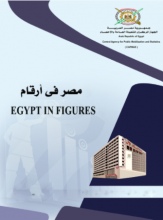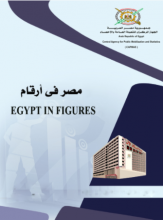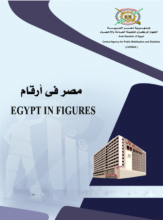Labor and Employment

Utilizing a combination of time series and cross section data, research conducted here investigates the evolution of unemployment in the GCC economies and its rapid increase over the past two decades. At the micro-level, the paper applies selectivity, multinomial and multivariate probit models in order to test the hypothesis that unemployment is voluntary. In its macro analysis, the paper applies Granger causality tests, panel data models and OLS regressions in order to determine unemployment persistence and to gauge the effect of output gaps and other macroeconomic variables on unemployment evolution. By and large, the findings indicate that unemployment is heterogeneous, is largely involuntary, and is correlated with output gaps. The paper derives a set of policy conclusions for reducing long-term unemployment in the GCC economies.
Related Topics
-
Egypt in Figures - Population 2022
2022"Egypt in Figures" is a booklet issued each year by the Central Agency for Public Mobilization and Statistics (CAPMAS). It contains the most...Read More -
Egypt in Figures - Education 2022
2022"Egypt in Figures" is a booklet issued each year by the Central Agency for Public Mobilization and Statistics (CAPMAS). It contains the most...Read More -
Egypt in Figures - Economy 2022
2022"Egypt in Figures" is a booklet issued each year by the Central Agency for Public Mobilization and Statistics (CAPMAS). It contains the most...Read More


